Happinet, Japanese entertainment company and subsidiary of Bandai Namco Holdings, recently conducted a survey on the “kidult phenomenon” in Japan. As reported by GameBiz, the survey suggests that Japan has around 5.35 million people aged 18-60 who fall into the so-called kidult demographic, estimating that the kidult market has reached a whopping 78 billion yen (over $500 million USD).
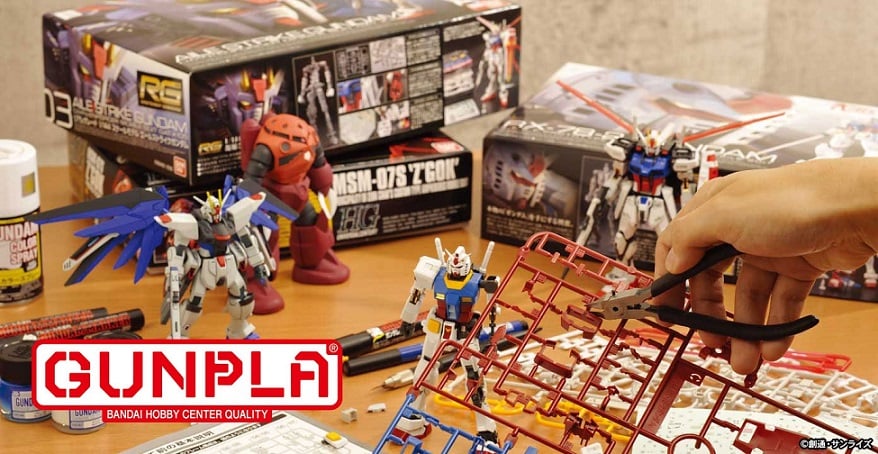
The term “kidult” is a portmanteau of the words “kid” and “adult,” and it refers to adults who engage in content consumption and hobbies that are originally targeted towards for children.” A total of 15,875 men and women aged 18~60 were asked whether they had purchased any such toys/merchandise for personal use in the past year – and 15.8% said they did. Furthermore, 8.3% of the overall participants confessed to buying products that specifically have “kidults” as their main target audience. If we apply these percentages to the population estimates set by the Statistics Bureau of Japan, it can be presumed that the overall number of “kidults” in Japan has reached approximately 5.35 million.
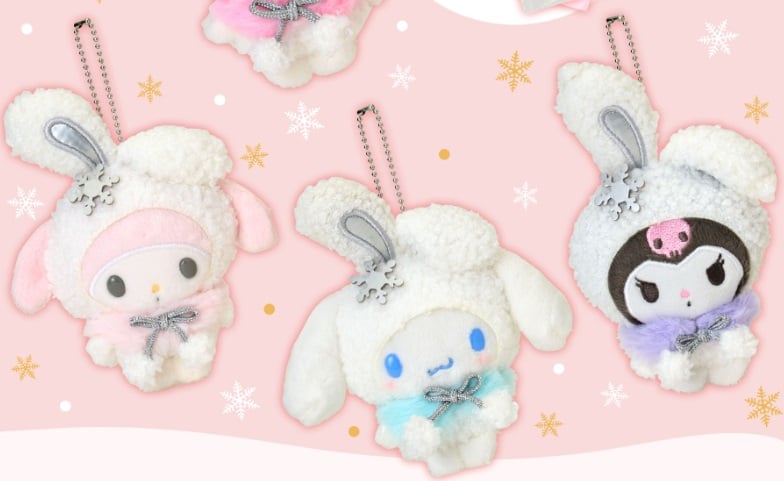
Covering a sample of 1,089 men and women aged 18~60, the next question Happinet had for the survey participants was about their motives behind purchasing toys. Apparently, 48.6% of them answered that “they buy toys on a whim, because they make them feel nostalgic,” and 27.6% said that their reason was “because they wanted/couldn’t buy them when they were kids.” This data suggests that most kidults’ purchasing decisions are heavily influenced by childhood nostalgia, as well as gaining more financial freedom in adulthood.
The most popular type of item among Japanese kidults was stuffed toys, with 48.5% of participants admitting to buying them most frequently. Collector toys, character figures and toy cars were also shown to have a decent amount of popularity. However, what’s interesting is that approximately 50% of buyers of each of these categories of toys (except collector toys) were customers that have been purchasing the same toys since childhood. The survey data also shows that around 30% of participants are returning customers that came back to buying toys after achieving financial independence or becoming parents.
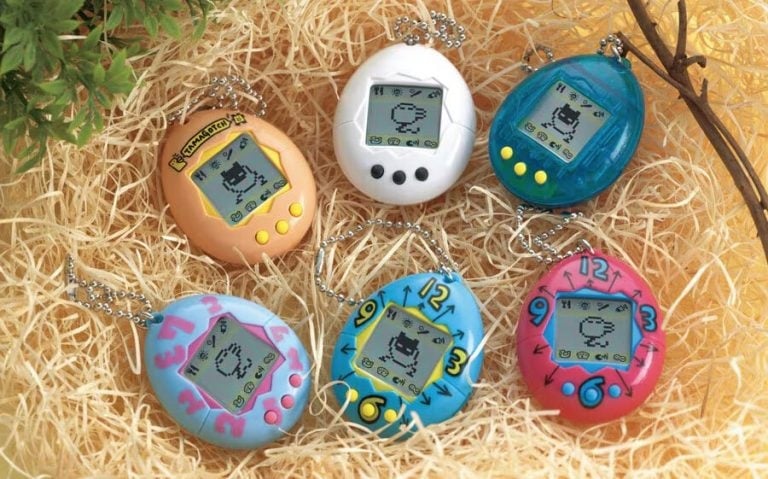
Finally, when asked how satisfied they were with their purchases, 57.4% of participants said they were highly satisfied, and 36.5% said they were somewhat satisfied – making it a total of 93.9% of participants in the “satisfied” category. Furthermore, 91.6% expressed interest in making more purchases in the future. The high level of satisfaction leads to more consumption, and as the survey suggests – this could open the door for the “kidult” market to expand even further. Data shows that kidults spend an average of 14,574 yen ($96 USD) per year on toys and merchandise, which when applied to the overall population of over 5 million, led Happinet to estimate the “kidult market” to be worth around 78 billion yen (over $500 million USD).
Related article:

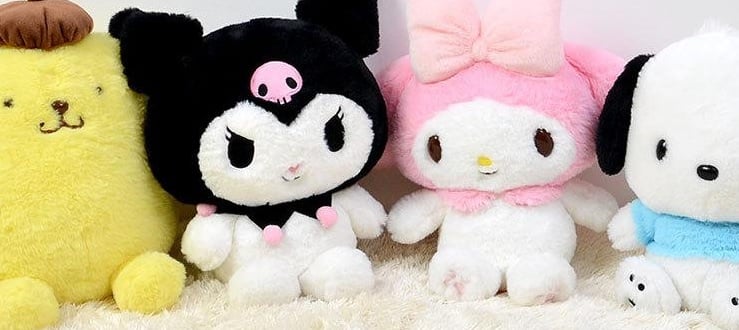


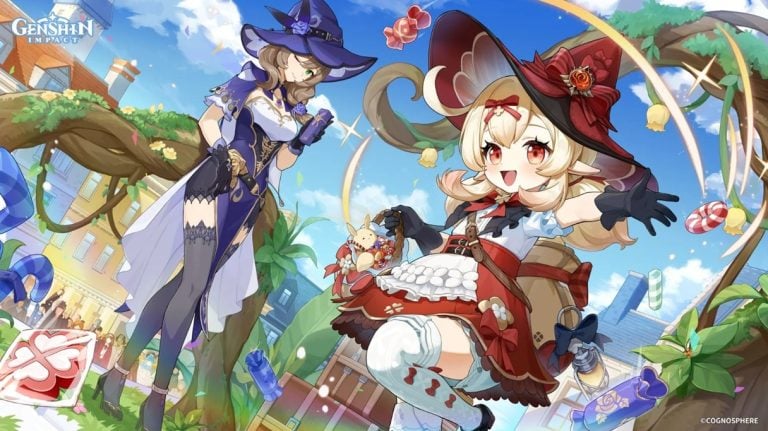

Nostalgia really is a disease ʕ´• ᴥ•̥`ʔ